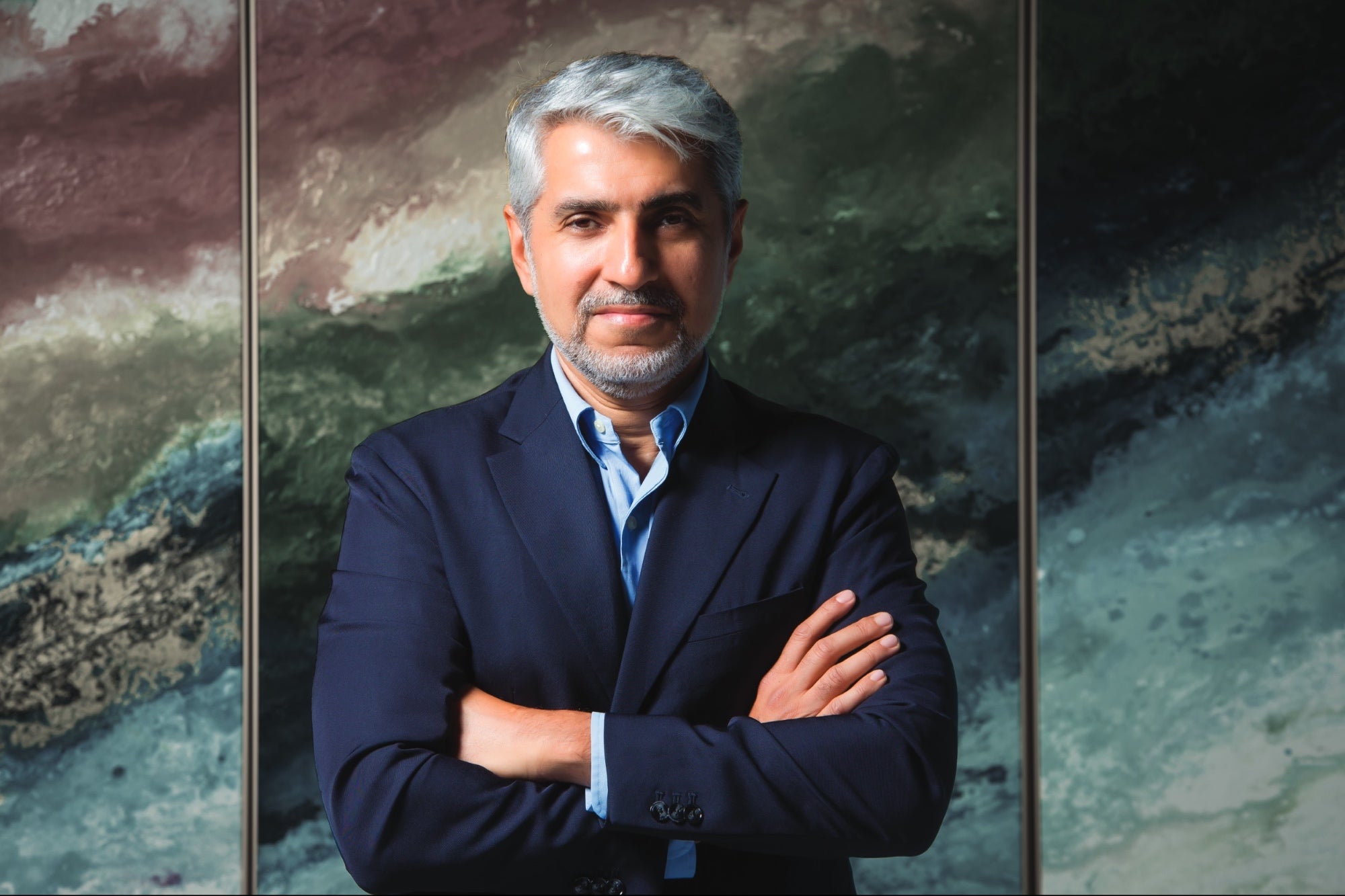Creating Pathways: How Art-Secured Lending Provides Liquidity to the Art Market Lending against art can offer a way to unlock liquidity without relinquishing ownership.
Opinions expressed by Entrepreneur contributors are their own.
You're reading Entrepreneur Middle East, an international franchise of Entrepreneur Media.

The fine art market is not only a space for collectors but also an evolving financial landscape where passion intersects with sophisticated investment strategies. J.P. Morgan Private Bank notes an increasing interest in unlocking liquidity from art collections through art-secured lending. This enables art collectors to pursue new investment opportunities, acquire new art, or invest in other assets, all without parting with their treasured artwork.
During volatile markets, an artwork above the mantle can feel more reliable than owning stocks or bonds. You can enjoy living with it, and fine art, particularly in the blue-chip arena, can maintain or even grow its value over time. As such, art has become a unique asset class, combining significant emotional value with financial potential.
Unlike traditional assets such as stocks and bonds, art is a relatively illiquid investment. While it may appreciate over time, selling an artwork at the right price and moment can be a challenging endeavour. This inherent illiquidity creates unique challenges, however art-secured financing offers a way for collectors to optimize their wealth strategies, allowing art to become part of their overall wealth plan.
Lending is critical for a fully functioning art market. We have recently seen an increase in clients using their art collections as collateral for loans to grow their collections. Nowadays, many art purchases are financed through loans, at least temporarily, to address liquidity issues.
A possible explanation might be that, given the current art market, selling may not be the best option. There is also the emotional value of art: for many collectors, selling is simply not an option—these artworks often hold deep personal significance or have been treasured as family heirlooms passed through generations.
Lending against art can offer a way to unlock liquidity without relinquishing ownership. Leveraging art-secured lending ensures financial flexibility while keeping valuable collections intact.
Advantages of lending
There are thus three important advantages of financing. For collectors interested in building their collections, it can unlock liquidity with existing artworks in their collection, or "liquidity without liquidation."
Secondly, it allows clients to maintain their collection while exploring other "non-art" investment opportunities without having to sell the art.
Lastly, lending offers flexibility in a longer-term wealth plan, by bridging potentially short-term liquidity needs or providing more structural leverage for longer-term capital requirements, allowing the client to have options on how to achieve their wealth objectives. Blue-chip art, in particular, tends to retain its value over the years and can provide meaningful collateral for lenders for longer tenor financings.
Art as collateral: a growing trend
J.P. Morgan Private Bank takes a tailored approach to art-secured financing. We focus on well-documented, high-value artworks by established, blue-chip artists with a strong market presence.
The focus lies on artworks that have a track record of sales and are recognized in the art market. For our clients, we can lend against various mediums, provided they meet our minimum value requirements and are held in acceptable jurisdictions and structures. By leveraging our global capabilities and network, we help clients assess the financial potential of their collections and structure loans that align with their broader wealth plans.
The global art-secured lending market has seen significant growth in recent years, reflecting the increasing recognition of fine art as a viable financial asset. Deloitte's 2023 Art & Finance Report estimates the total value of privately held art collections at $2.174 trillion in 2022, with projections reaching $2.861 trillion by 2026.
The market for luxury asset-secured lending – covering art, but also yachts and jets – has grown also. Trends in luxury asset-secured lending include larger loan sizes (e.g., as yachts have gotten larger, so have the loans to finance them) and a more developed lending ecosystem. There's also a growing acceptance of these assets as collateral by more financial providers, reflecting their increasing recognition as valuable assets.
How does J.P. Morgan Private Bank assess value?
We work with a variety of external professionals in the market to thoroughly evaluate an asset's value, examining comparables and factoring recent transactions when possible. In the art market, factors such as provenance and artist reputation are crucial. For yachts, factors like brand, condition, and market demand play a significant role.
It is thus important to note that we assess the value and risk of a luxury asset financing by evaluating a client's overall financial health and balance sheet, typically requiring personal, corporate, or trust guarantees to secure the loan.
Related: Striking A Balance: elSeed on Art and Entrepreneurship










